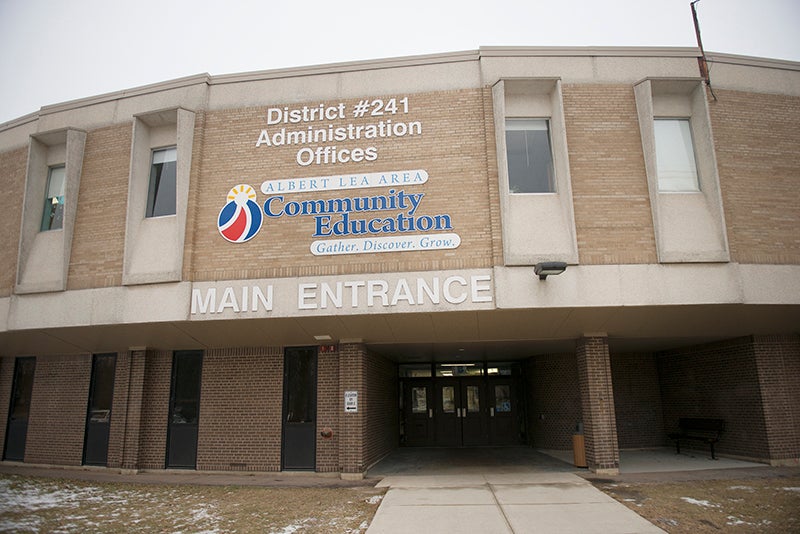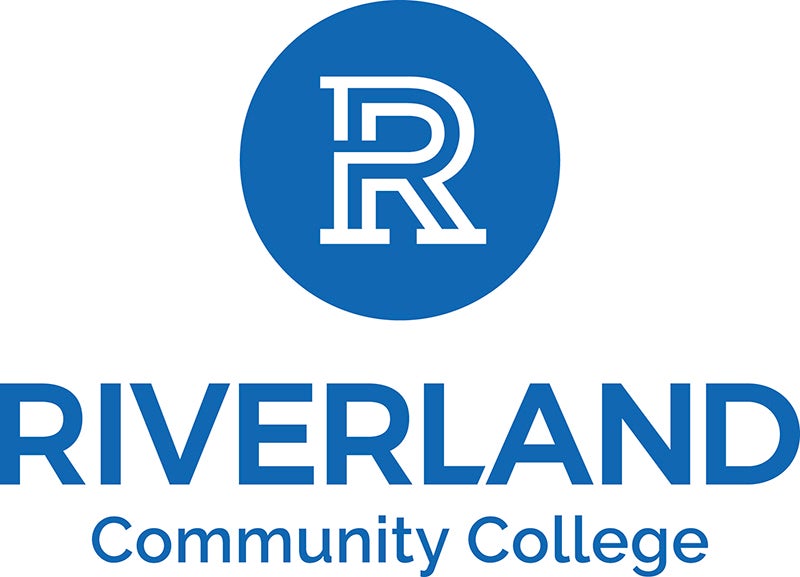New co-op may be in works for students with special needs
Published 11:36 am Tuesday, November 24, 2015
AUSTIN — After a partnership with four other school districts fell through earlier this year, the Austin Public Schools District is looking to partner with Albert Lea to improve programming for students with more severe special needs.
APS Director of Special Services Sheryl Willrodt explained the new, potential cooperative to the school board at its regularly scheduled meeting Monday in the district office conference room.
The plan would be to form a cooperative with Albert Lea Public Schools to provide specialized services and programs for students in the Setting Four Emotional Behavioral Disorder and Students with Unique Needs (SUN) programs.
“We had talked about creating a five district co-op to do that and now we’re scaling back our request, and we think it’s going to better meet our needs,” Wilrodt said.
In May, five school districts began discussing a co-op dubbed the Southeast Minnesota Special Education Cooperative, or SEMSEC, in hopes of opening next fall. The Austin Public Schools Board approved joining the cooperative in June that would have included the public schools in Albert Lea, Owatonna, Faribault and Northfield to make a separate school, which could have been located in Owatonna, for children whose needs aren’t currently being met as efficiently as possible. That cooperative fell through in August. Wilrodt and other APS school leaders have been in communication with Albert Lea school leaders in hopes to create the two-district co-op.
Wilrodt previously told the Tribune about four Austin students would be recommended for the special programming, which will help lower-functioning students with aggressive behaviors, some who are non-verbal, and have other needs. The new co-op would be in a separate building owned by the co-op, and thus equally co-owned by the Austin and Albert Lea schools.
“We’re hoping to find an existing structure that could be remodeled and we would like to look at a purchase, so again we’re not dumping a lot of money into a leased facility,” Willrodt said. “It would be more a longterm, solid investment for the district.”
This would also help free up space in the Austin High School annex building currently used for the programming.
Willrodt pointed out in larger districts, such as in the Twin Cities, there’s a specific school to cater to the needs of those students. Since Austin only has a handful of students, there is not a school set up for that — a problem many other Minnesota districts also face.
Willrodt explained the program would form the cooperative between the two to open the special school to fit those needs.
“I think this will be not only a better option programmatically for our kids, it’s less of a distance for one thing, not quite such a huge facility for so little students with high needs, but also I think fiscally it makes a lot of sense for us,” Wilrodt said.
The district aims to meet the needs of students in a variety of ways. Some are met in the general education classrooms, while others are occasionally pulled out for support services, some require a separate classroom and others finally to a separate school.
The district has focused on providing either homebound instruction or creating a separate classroom staffed with paraprofessionals, with the teacher rotating in. Willrodt said the programming the district is able to provide currently doesn’t meet the students’ needs as well as the cooperative could, and it’s not as efficient as going to a program with the cooperative could be. There is also a high burnout for teachers who do this instruction, since they are working alone for much of the day without other teachers and staff to gain support from, which is another issue the cooperative could address.
One issue with the five-district cooperative would have been some Austin staff may have had to be laid off. With the two-district cooperative, Wilrodt said that should not have to happen, and they may bring on a few more staff members.
Wilrodt hopes to bring the plan to the school board at a future meeting to get the approval to move ahead with the cooperation.




